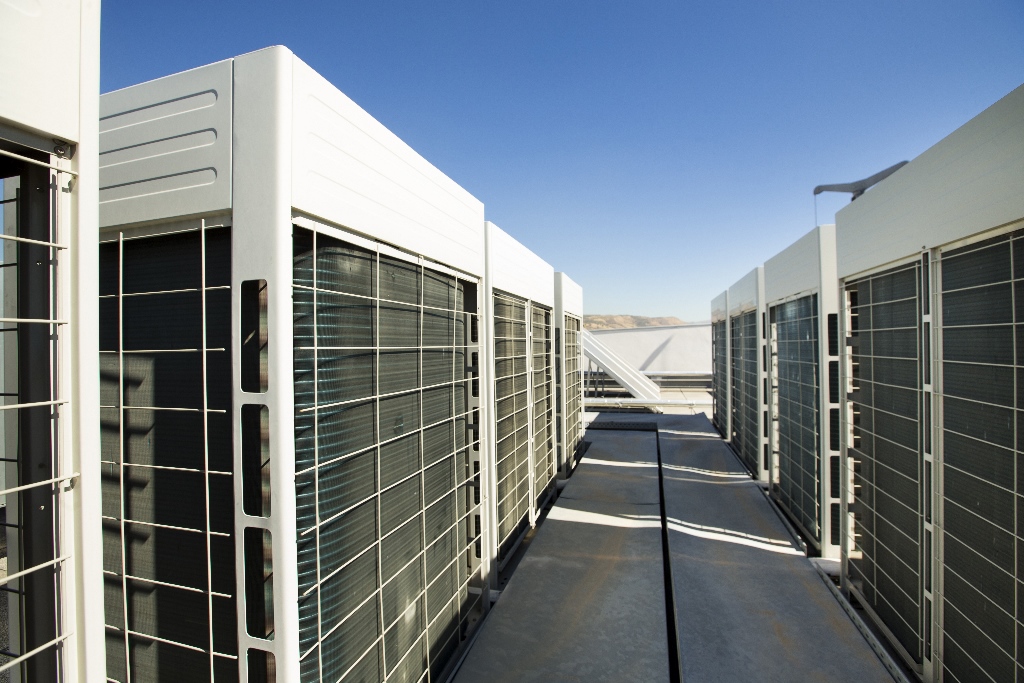
31st
Legionella: Navigating Regulations and Prioritising Safety
by Sarah Bailey, Principal Consultant
Legionella, a bacteria notorious for causing the severe respiratory illness known as Legionnaires' disease, remains a significant concern due to its potentially fatal consequences. As such, regulations and requirements have been established to mitigate the risks associated with Legionella.
In this article, we delve into the crucial role of cooling tower maintenance, water monitoring, chemical treatments, and the significance of independent auditors in ensuring compliance with these state regulations.
Cooling Towers: A Breeding Ground for Legionella
Cooling towers, commonly used in various industries to release excess heat, can inadvertently become breeding grounds for Legionella bacteria. These structures create an environment conducive to bacterial growth due to the warm, humid conditions they provide. To combat this, diligent cooling tower maintenance is essential. Regular cleaning, disinfection, and removal of scale and biofilm are necessary to prevent the proliferation of legionella. A risk management plan should be in place, along with consistent monitoring of water quality and quantity, proper water treatment. This can significantly reduce the risk of legionella contamination.
Water Sampling and Analysis: Early Detection and Prevention
The key to effective legionella risk management lies in having a proactive risk management plan in place, with regular water sampling and analysis and an action plan for non conformances. By routinely collecting water samples from cooling towers and analysing them for Legionella and other bacteria present (Heterotrophic colony counts), facilities can detect potential problems early. This allows for swift corrective action to be taken, preventing a potential outbreak. Monitoring the bacterial population in cooling tower water ensures that any irregularities are promptly addressed, minimising the risk of Legionnaires' disease transmission.
Chemical Treatments: Curbing Legionella Growth
Chemical treatments are indispensable tools in controlling Legionella within cooling systems. Biocides and other water treatment chemicals are employed to eliminate or suppress bacterial growth. However, achieving the right balance between safety and effectiveness is crucial. Proper dosage, application methods, and maintenance are paramount by a properly experience water treatment company to ensure that chemical treatments yield the desired results without compromising safety or damaging equipment.
The Significance of a Risk Management Plan
In the complex landscape of legionella risk management, having a properly prepared Cooling Tower Risk Management Plan is key. A qualified professional will bring a wealth of expertise and objectivity to the table, ensuring that facilities adhere to regulatory guidelines and address risks. Independent risk assessors produce a facility's risk management plan, identifying potential vulnerabilities and areas for improvement. Their unbiased evaluation of control measures aids compliance with established standards and bolsters public health safety.
In Summary
Legionella remains a health risk, necessitating stringent adherence to regulations and guidelines and the production of a risk management plan by a properly qualified person. Cooling towers, central to many industries, demand vigilant maintenance, water monitoring, and judicious chemical treatments to prevent the growth of legionella bacteria. Although regulations vary between state and territories, the NSW and Victorian guidelines are the most stringent and are best practice. By maintaining a proactive stance in these areas, facilities can significantly reduce the risk of Legionella-related incidents.
If you would like to learn more about how QED can help with your legionella and water management plans, click here.
Categories
Recent Posts
Navigating the GRESB 2024 Updates: Key Changes and Implications
26th Nov
GRESB’s 2024 Real Estate Assessment introduced significant changes, refining how ESG performance is measured and reported. These updates a...
Trichloramine and Indoor Air Quality in Swimming Pools
05th Nov
For swimmers and pool workers alike, the characteristic "chlorine smell" at indoor swimming pools is part of the experience. Howev...
Indoor Air Quality Takes Centre Stage: A New Government Report on Airborne Virus Transmission
30th Sep
The importance of Indoor Air Quality (IAQ) has gained significant attention following the release of a groundbreaking report from Australia�...

















